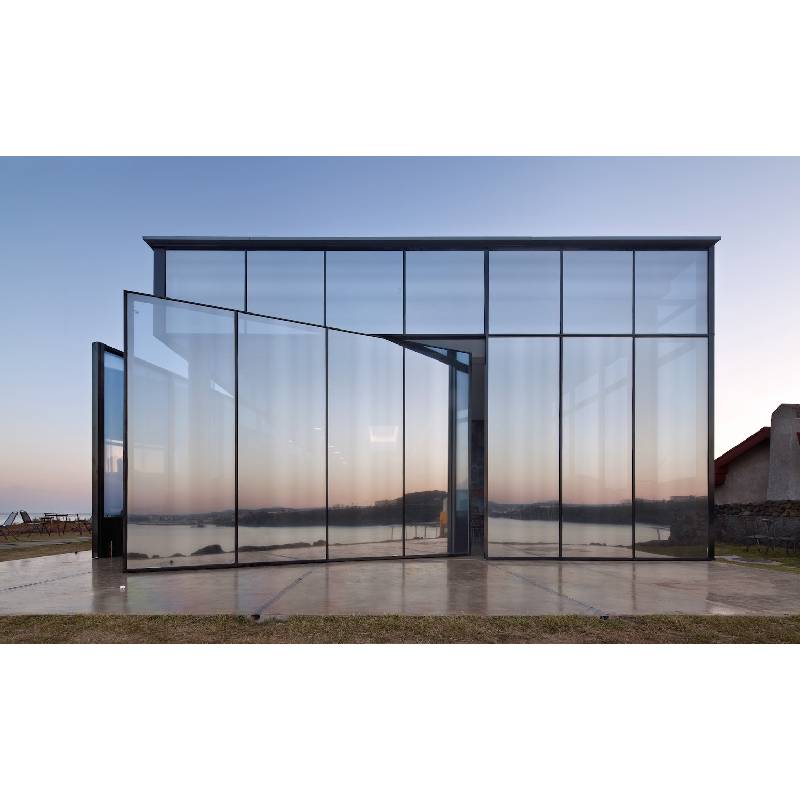

Self-Frosting Glass A Fusion of Functionality and Aesthetics
Self-frosting glass, a remarkable innovation in the field of architectural materials, is redefining how we think about privacy, light, and design in our living and working spaces. This unique glass solution possesses the uncanny ability to change its transparency, allowing for dynamic interactions between the indoor and outdoor environments. With the rise in modern architecture and interior design trends, self-frosting glass is carving a niche for itself as a symbol of sophistication and practicality.
Self-Frosting Glass A Fusion of Functionality and Aesthetics
One of the most significant advantages of self-frosting glass is its ability to enhance privacy without resorting to conventional methods such as curtains or blinds. In today’s fast-paced, interconnected world, where open-plan spaces are gaining popularity, the need for private zones has become paramount. Self-frosting glass provides a perfect solution by allowing for privacy on demand. When knowledge workers need to concentrate, they can switch to a frosted appearance, blocking outside distractions. Conversely, when collaboration calls for openness, the glass can revert to its transparent state, fostering communication and interaction.

In addition to its privacy features, self-frosting glass plays a crucial role in maintaining natural lighting. Traditional frosted glass can often darken a room significantly, diminishing the benefits of sunlight. Self-frosting glass mitigates this issue, allowing occupants to benefit from ample daylight while controlling their visibility to the outside. This natural light can enhance mood, productivity, and well-being, making self-frosting glass an attractive option for environments designed for work and leisure alike.
From an aesthetic perspective, self-frosting glass is a design element that can elevate spaces. Its sleek, modern appearance can fit seamlessly into contemporary architecture. Whether used in expansive facades, interior partitions, or even bathroom doors, it adds sophistication while maintaining a minimalist vibe. Additionally, the ability to modify the visual aspects of glass according to the user's preferences enables bespoke design solutions that cater to individual tastes and needs.
Moreover, the energy efficiency of self-frosting glass cannot be overlooked. As architects and builders increasingly seek sustainable materials, self-frosting glass can contribute to energy savings. By allowing for natural light during the day and privacy when needed, it can reduce reliance on artificial lighting and energy usage, further aligning with green building practices and standards.
In conclusion, self-frosting glass represents a harmonious blend of functionality and aesthetics, providing innovative solutions for privacy, light management, and architectural beauty. As this technology continues to evolve, we can expect even more creative applications and developments in design. Whether in homes, offices, or public spaces, self-frosting glass is not just a material but a transformative element that enhances the way we interact with our environments. As we move towards an increasingly interconnected future, such innovations will play a vital role in shaping our spaces and lifestyles.